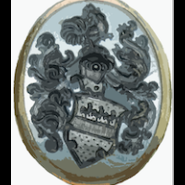LED circuit problem
-
Recently Browsing 0 members
- No registered users viewing this page.
-
Topics
-
-
Popular Contributors
-
-
Latest posts...
-
151
-
2
Report Temple Scandal: Monks Arrested for Drugs and Fraud
Am I jumping the gun....or do I detect a pattern of misbehaviour developing here? -
39
Accident Brit Now Faces 10yrs in Jail After Pattaya Crash Death
Nobody wants guns in the UK, you can keep them in your trigger happy country thank you very much. -
1
Maine police officer arrested by ICE agrees to leave the country
Dividing the country instead of unifying. That's the clear pathway. USA is heading directly to fashism. What a shame for such a country. -
39
-
17
Formication?
Yes, I was also triggered by that word and thought of Formica, a material used for finishing.
-
-
Popular in The Pub



.thumb.jpg.3ee24d9400fb02605ea21bc13b1bf901.jpg)






.thumb.jpg.bc523c85a8d558dbc282dca7a2e602c9.jpg)

Recommended Posts
Create an account or sign in to comment
You need to be a member in order to leave a comment
Create an account
Sign up for a new account in our community. It's easy!
Register a new accountSign in
Already have an account? Sign in here.
Sign In Now